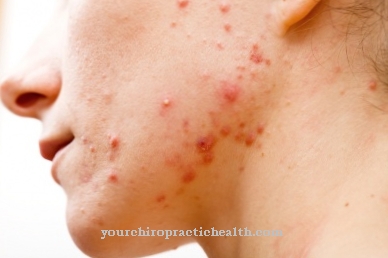blush is a physical reaction to environmental influences or stressful situations. It cannot be consciously controlled and is the medical term Flush. In contrast to many other body processes, the reddened areas of skin on the face are noticeable to everyone and play a role in social communication.
What is blush?

The blush differs from person to person in its intensity and area. It can only affect the cheeks, individual areas of the face, the whole face or even to spots in the neck and chest area. Men and women are equally affected by this reaction. During this process, the affected areas are supplied with more blood: The thinner facial skin and the blood vessels that are closer to the surface mean that the increased blood flow is visible.
This is a cooling reaction of the body, the aim of which is to ensure a constant body temperature. For those affected, an increase in temperature can be observed on the reddening surfaces. Disorders can develop out of the normal physical reaction: Erythrophobia is an anxiety disorder that causes people to blush all the more or longer due to their fear of blushing. Flushes occur spontaneously and have various causes.
From a biological point of view, the flush is the sudden expansion of the blood vessels in the skin of the face. This is accompanied by an increase in blood volume. The autonomic nervous system with its nerve fibers, which regulate the diameter of the capillaries, is responsible for controlling this process. A common trigger for blushing is an uncomfortable situation associated with embarrassment, shame, or anger.
The body reacts to this by preparing itself to flee or to attack. The blood pressure rises to supply the muscles with blood. Recent research by Australian researchers has shown that there is another component in people who are prone to frequent blushing: they have less and slower flow of blood on their face than others. The cause has not yet been clarified.
In addition to psychological causes, environmental influences are further triggers. A natural reaction to physical exertion, sport, going to the sauna or to the warm sun is the face turning red. Spicy foods with chilli or pepper also increase the blood supply to the face. In addition to these natural causes, flushes can be the result of an illness, an indication of it, or a side effect of medication. With the skin disease rosacea, people are often prone to redness. Another trigger is hormonal changes during menopause.
Function & task
Since the vegetative nervous system cannot be influenced by willpower, the blushing cannot be controlled consciously. Treatment starts with the respective cause. Patients who suffer from erythrophobia learn to deal with fear in behavioral or psychotherapy. The therapies teach you not to put yourself under pressure in difficult situations or to ignore blushing.
Learning relaxation techniques such as autogenic training or breathing exercises will help soften the reaction and shorten the blushing phase. In addition to psychological causes, there may be a regulatory disorder. Drugs such as beta blockers reduce the tendency to redden excessively by reducing the effects of stress hormones. The use of a surgical procedure is controversial.
In a sympathectomy, doctors clamp off the nerve that increases the blood supply to the face. However, final healing after this operation is not guaranteed, as other nerves may take over the function of the clamped nerve. If there are triggers such as alcohol or spicy food, it helps to avoid them.
Even with allergies, you can prevent yourself from turning red by avoiding the allergenic substances. Blushing caused by menopause can be reduced with hormone therapy or herbal remedies. Preventive home remedies for red skin include chamomile baths and taking magnesium.
There is no preventing blushing. For those who blush because of embarrassment or are shy, it is advisable not to fight this reaction. Because by trying to suppress the red color, the red color does not subside any faster. In the most unpleasant case, the reddening spreads or intensifies. Relaxation techniques help to deal with unpleasant situations more easily or to prevent stress.
Basically, it helps to remember that many people perceive blushing as likable. One measure that ensures a feeling of security and makes the red skin on the face less noticeable is the right makeup. A greenish camouflage make-up covers red areas of skin.
Illnesses & ailments
In most cases, blushing is a natural reaction to emotional stress or environmental influences. After coping with unpleasant situations or a short time after physical exertion, the reddening of the face disappears by itself. If there are more and more flushes, they last for a long time, are very warm or affect the quality of life, a visit to the doctor is recommended.
Blushing facial skin, especially in children, can indicate diseases such as scarlet fever. General practitioners or dermatologists first try to determine the cause. If there are psychological triggers, psychotherapists help. An important means of diagnosis is clarification of living conditions, working conditions and diet. This is followed by a physical exam, skin sample, and blood test. Doctors clarify whether there is a disease. Allergy tests also provide information about possible causes.


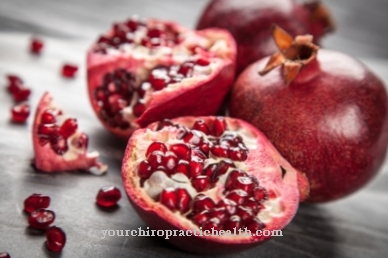

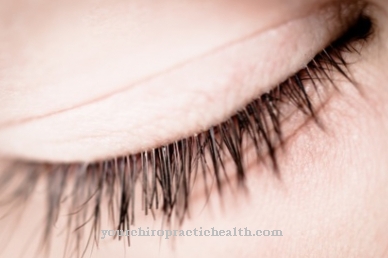





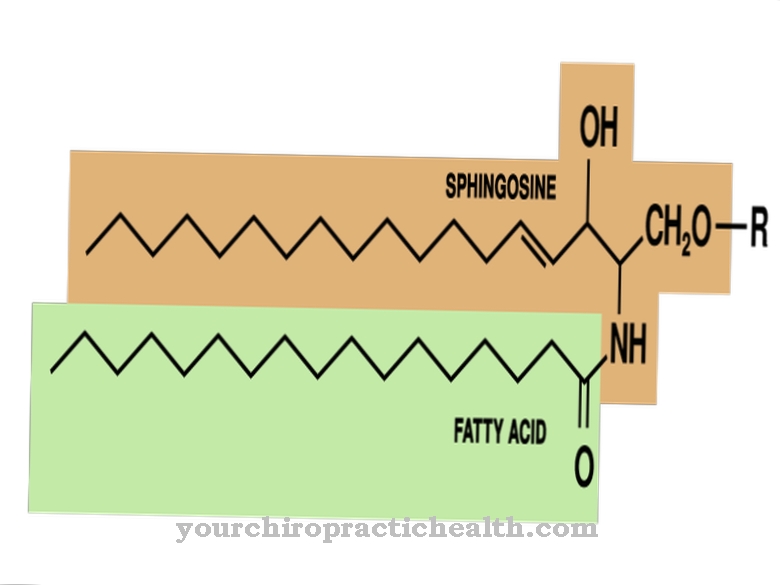
.jpg)
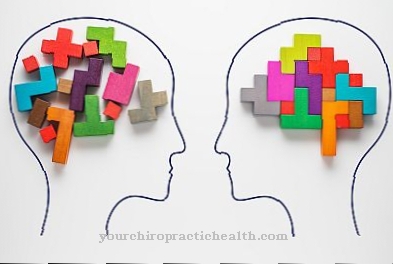



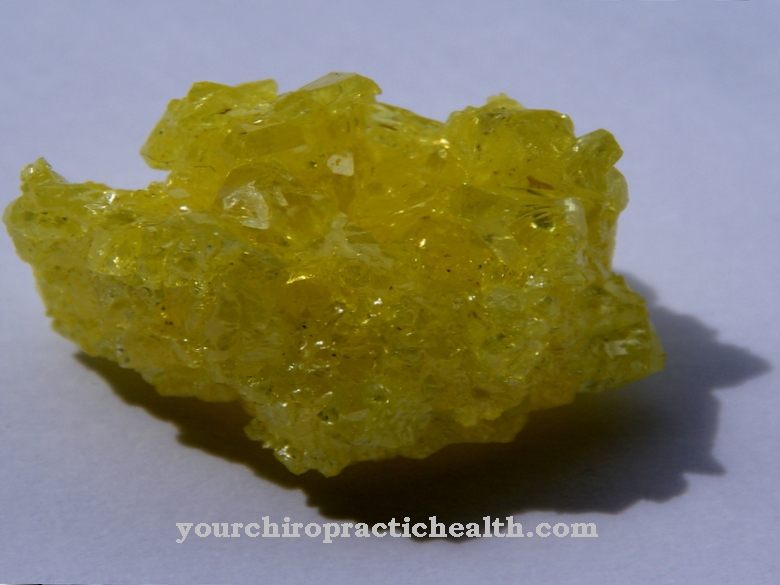
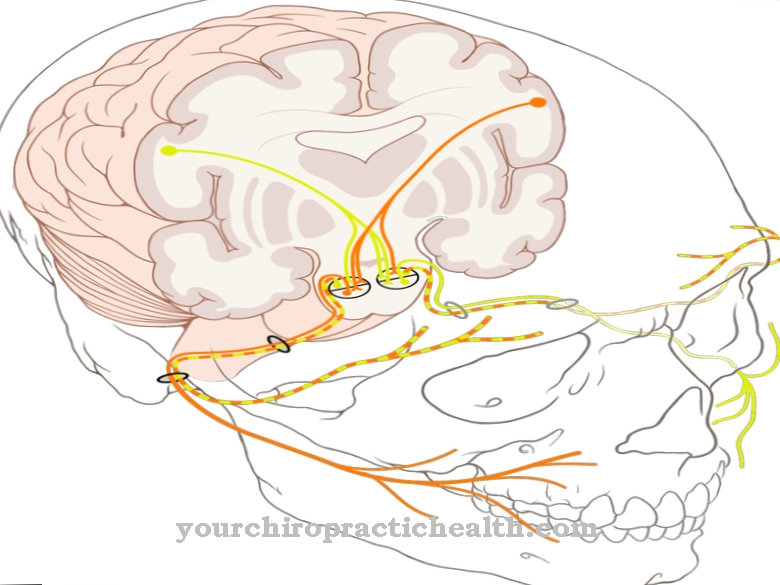

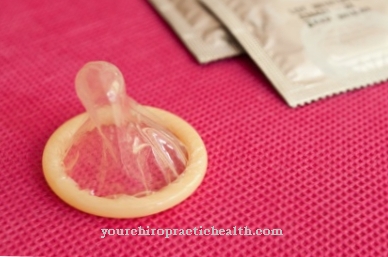
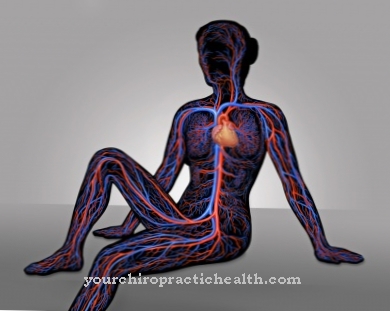





.jpg)

